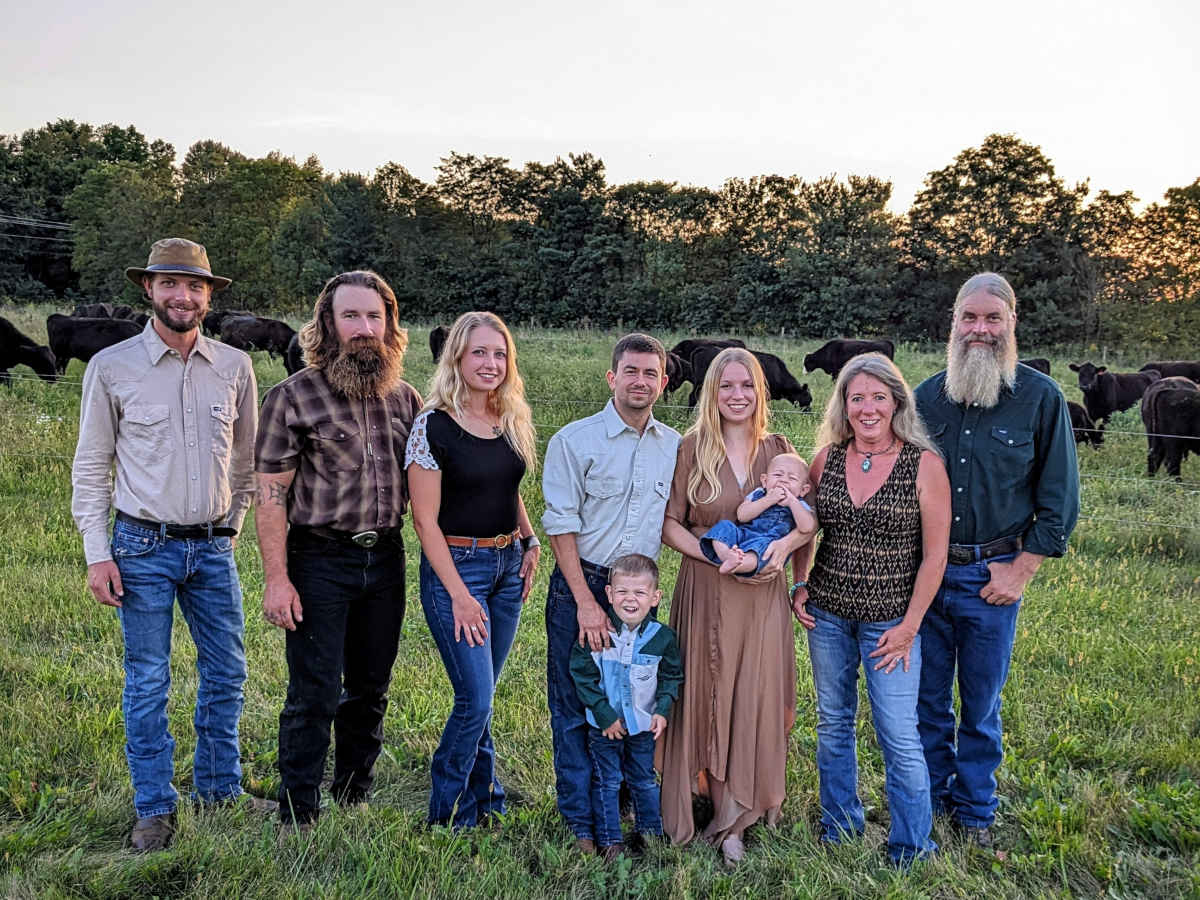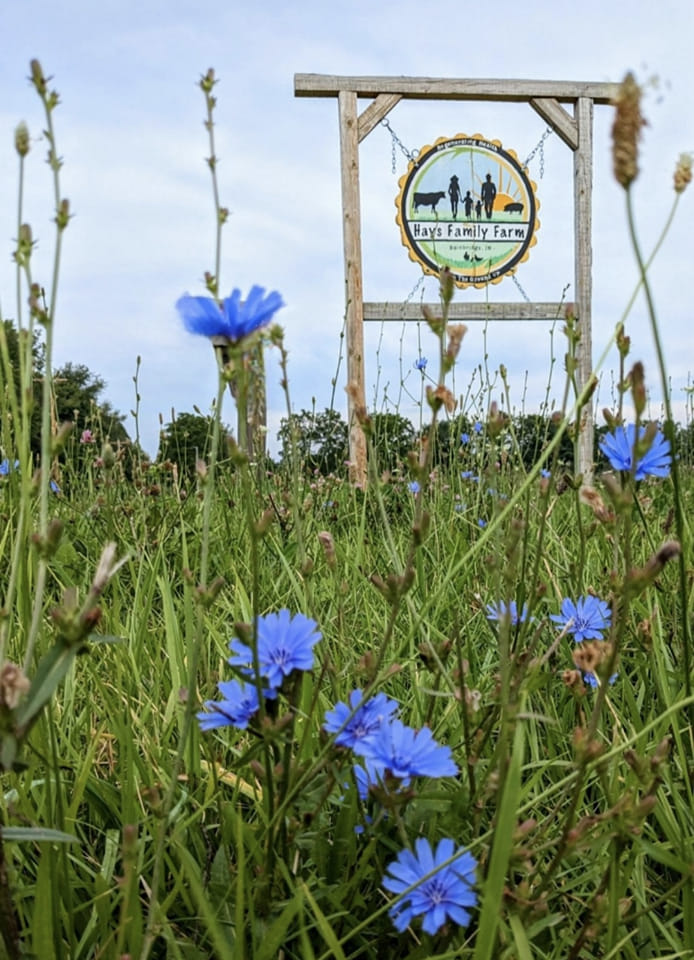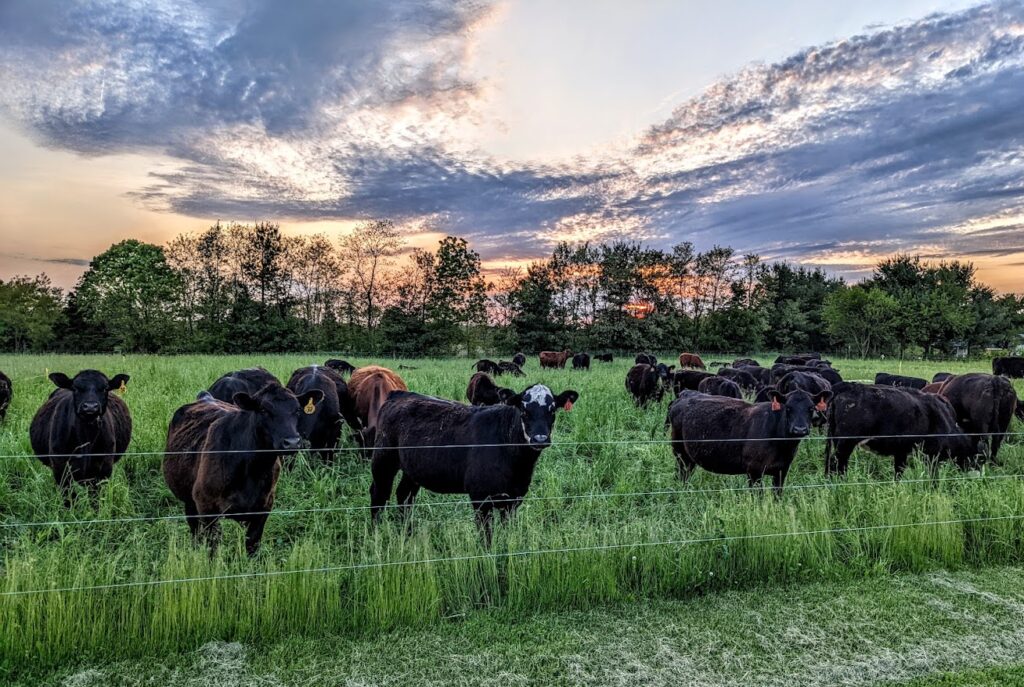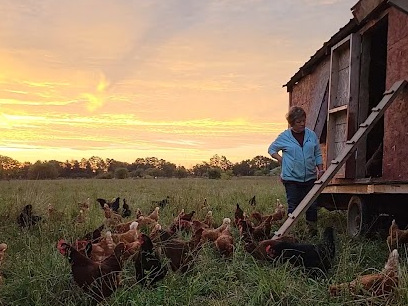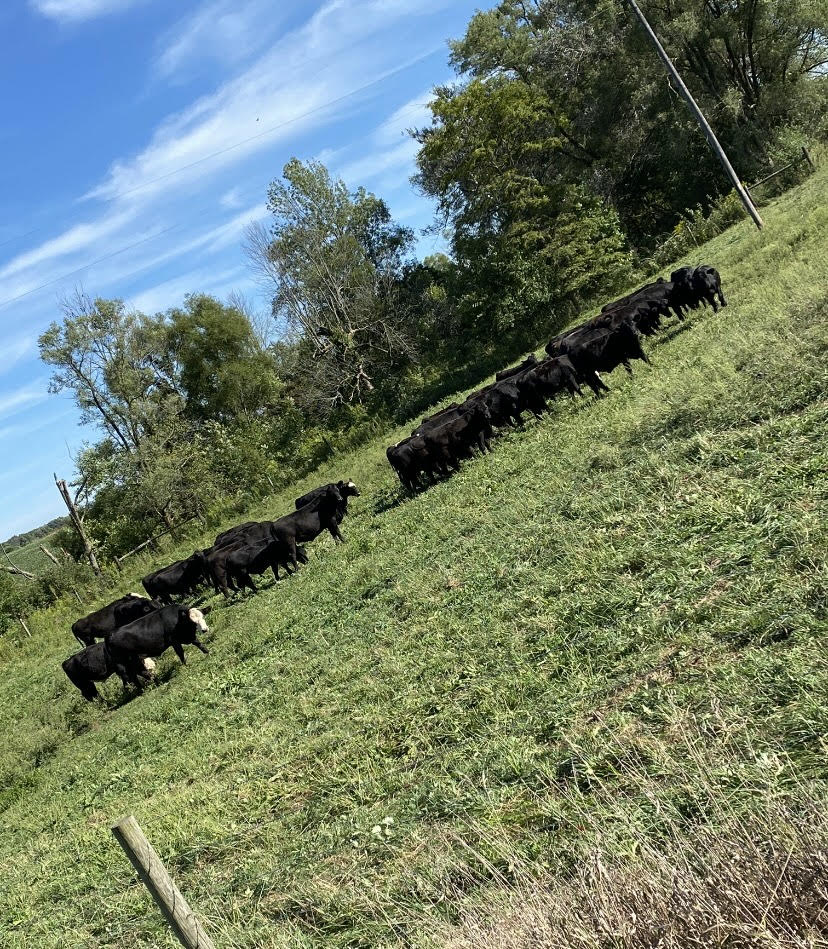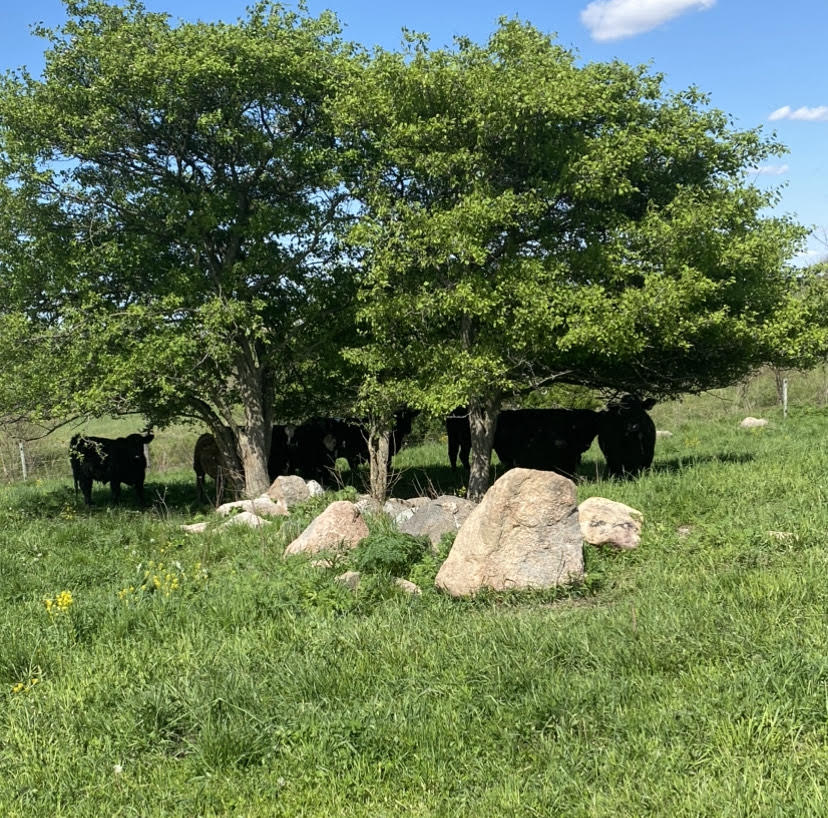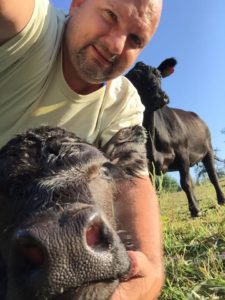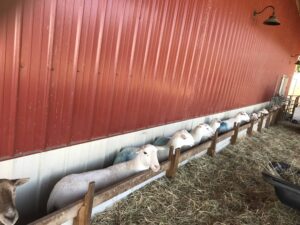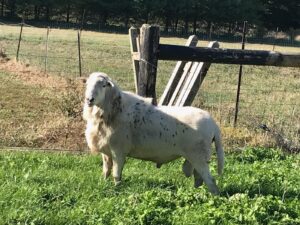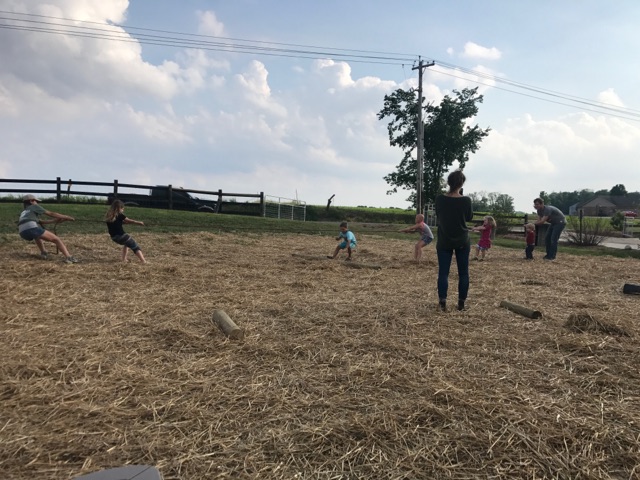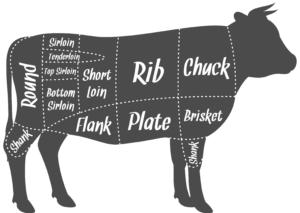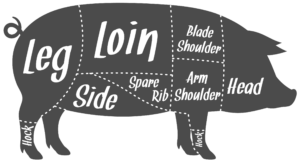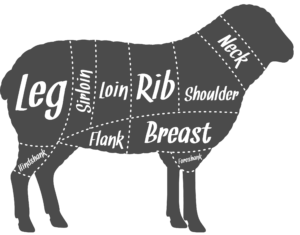INDIANAPOLIS — Indiana poultry could resume regular movements to shows and sales beginning Sept. 17. Beginning on that date, poultry movements that include a change in ownership must be documented to allow easier disease traces. Movement of poultry that allowed birds from different locations to commingle was banned earlier this year to protect Indiana’s poultry from potential spread of the H5 avian influenza virus. That meant many county fairs offered alternative activities to poultry shows.
“We appreciate the cooperation from bird owners and exhibitors during the past few months,” said Dr. Bret Marsh, Indiana state veterinarian. “The sacrifices made during this unprecedented disease event have not gone unnoticed. The Board of Animal Health continues to be committed to protecting the health of the birds in the state.”
Sept. 17 marks 90 days since the last case of highly pathogenic avian influenza was identified in the United States. The members of the Indiana State Board of Animal Health voted to lift the ban to allow normal movements to resume with the additional recordkeeping to provide a way to trace any disease breaks, should the disease return to Indiana. Beginning Sept. 17, bird owners are required to maintain records of sales and purchases, including trades and barters, to their flocks. This requirement brings poultry permanently under Indiana’s Animal Disease Traceability rule.
The records need to be retained by the flock owner for three years and must include names and addresses of buyer and seller, sale date, breed, sex, number of animals and reason for movement. Poultry species do not have to be individually identified. But if the birds do have identification such as a band, the identification needs to be noted in the poultry movement records.
Board veterinarians may request the records in a disease investigation. These records must be kept, not provided to the state unless needed.
For more information about the recordkeeping requirement, including a free sample recordkeeping sheet, visit www.in.gov/boah/2727.
Nationally, the 2015 highly pathogenic avian flu event has affected 223 farms in 16 states with a loss of 48 million birds.
Reprinted from AgriNews Online
